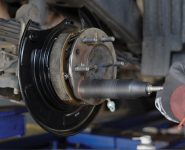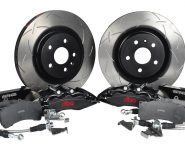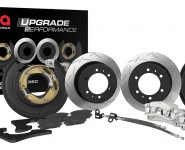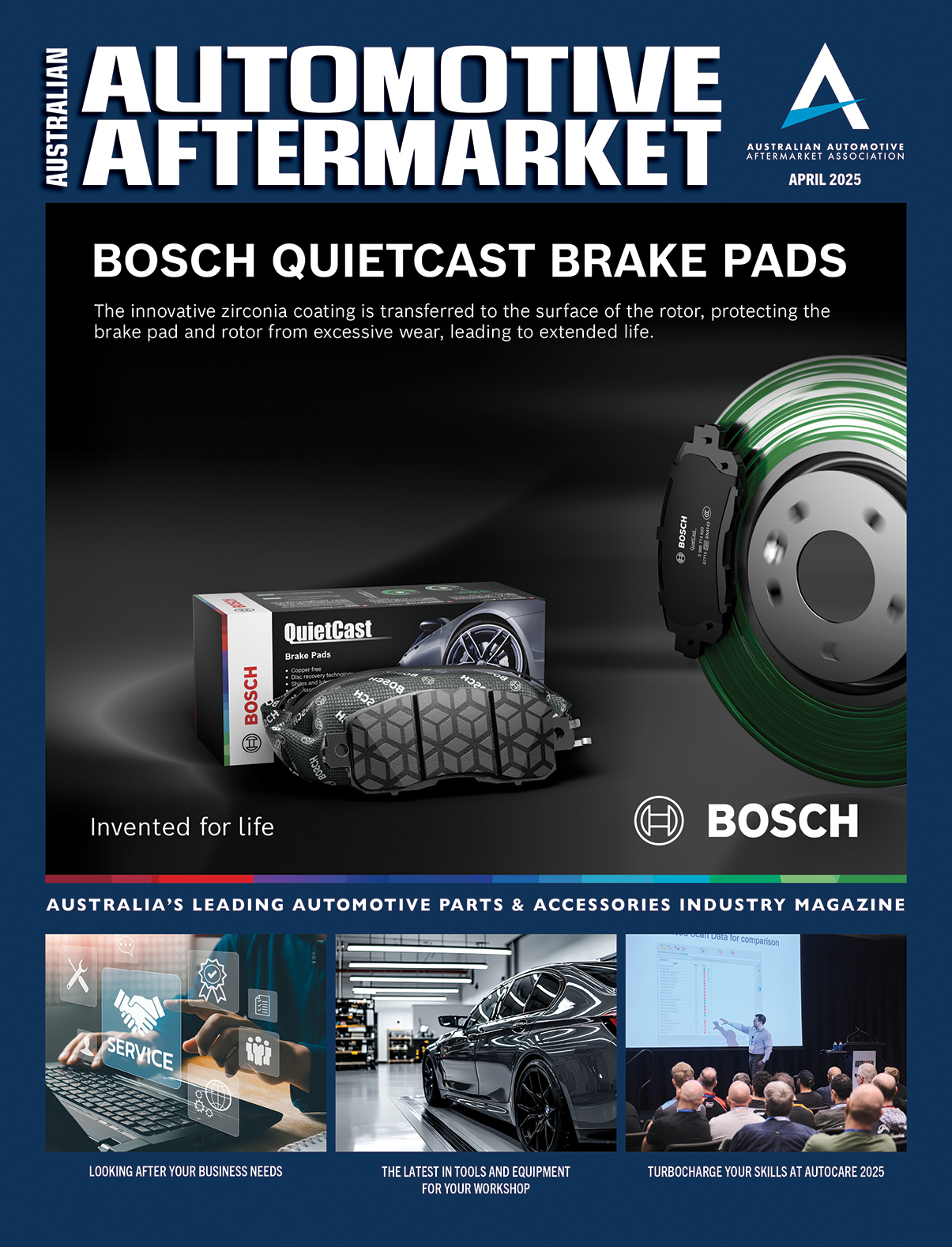DBA INTRODUCES NEW UPGRADE BRAKE BOOSTER RANGE
The range delivers big difference for little effort, says DBA
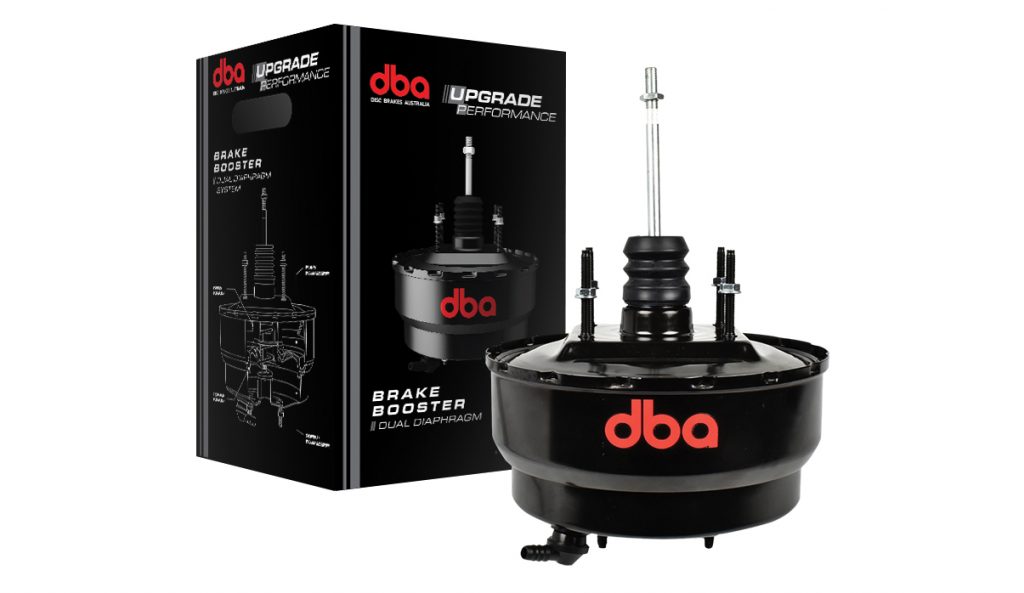
Vehicle safety heavily relies on efficient braking systems, and Disc Brake Australia (DBA) offers a range of brake boosters for selected 4WD models.
These dual diaphragm boosters – now available for selected models as part of DBA’s new ‘Upgrade Performance’ line – are designed to enhance braking performance for vehicles that face challenges with towing, off-roading, or carrying heavy loads.
Key features and benefits:
• Enhanced braking power: DBA explains dual diaphragm brake boosters improve braking power by doubling the vacuum force, allowing the braking system to engage with the same or even less effort compared to a standard booster. This makes braking more responsive and effective in both routine and emergency situations.
• Increased braking efficiency by up to 20 percent, which is crucial for 4WD vehicles that deal with heavier loads and demanding conditions.
• Improved emergency stopping distances: with reduced pedal pressure and increased braking power, these boosters shorten emergency stopping distances, helping drivers avoid accidents.
• Durable construction: made from powder-coated steel, they are designed to endure daily use, offering long-lasting reliability.
• Direct bolt-in replacement: the boosters are a direct replacement for the original equipment, simplifying installation.
DBA states that installation is straight forward when following the following simple steps.
First, remove the brake fluid from the master cylinder. Next, detach the brake pipe and take care to protect it from fluid loss.
Proceed by unbolting the master cylinder, disconnecting the vacuum hose, and detaching the pushrod from the brake pedal.
Afterward, unbolt the booster from the firewall. DBA says it is essential to measure and adjust the new booster to ensure it matches the dimensions of the original one for a proper fit.
For assembly, begin by attaching the supplied gasket and spacer to the new booster. During installation, carefully align the pushrod with the brake pedal and master cylinder piston. Reinstall the master cylinder, brake pipe, and vacuum hose.
After everything is back in place, fill the reservoir with brake fluid and bleed any air from the pipes and ABS pump as necessary.
Finally, ensure that the pedal height and operation are correct. Verify that the brake lights activate properly and test the brakes with the engine running before taking the vehicle for a road test.
For more information, visit www.dba.com.au




